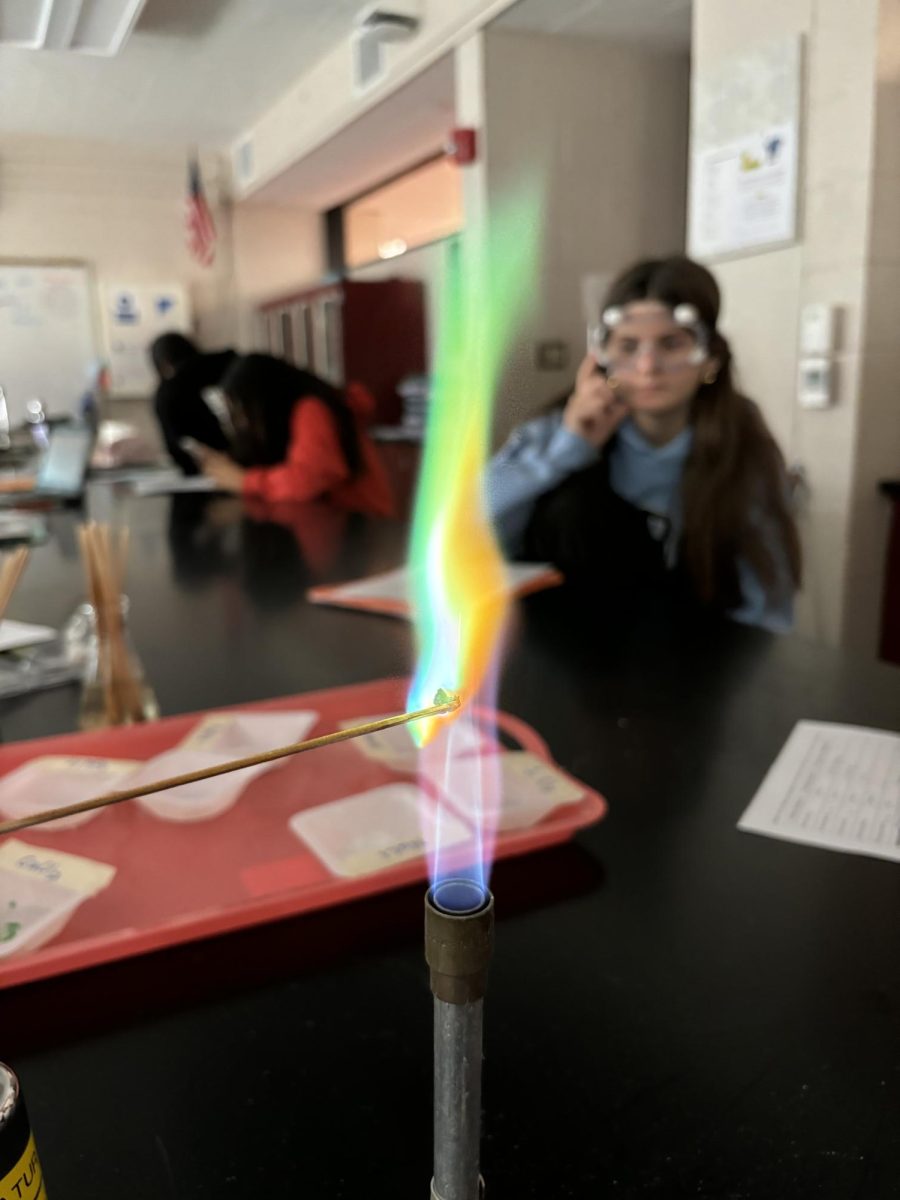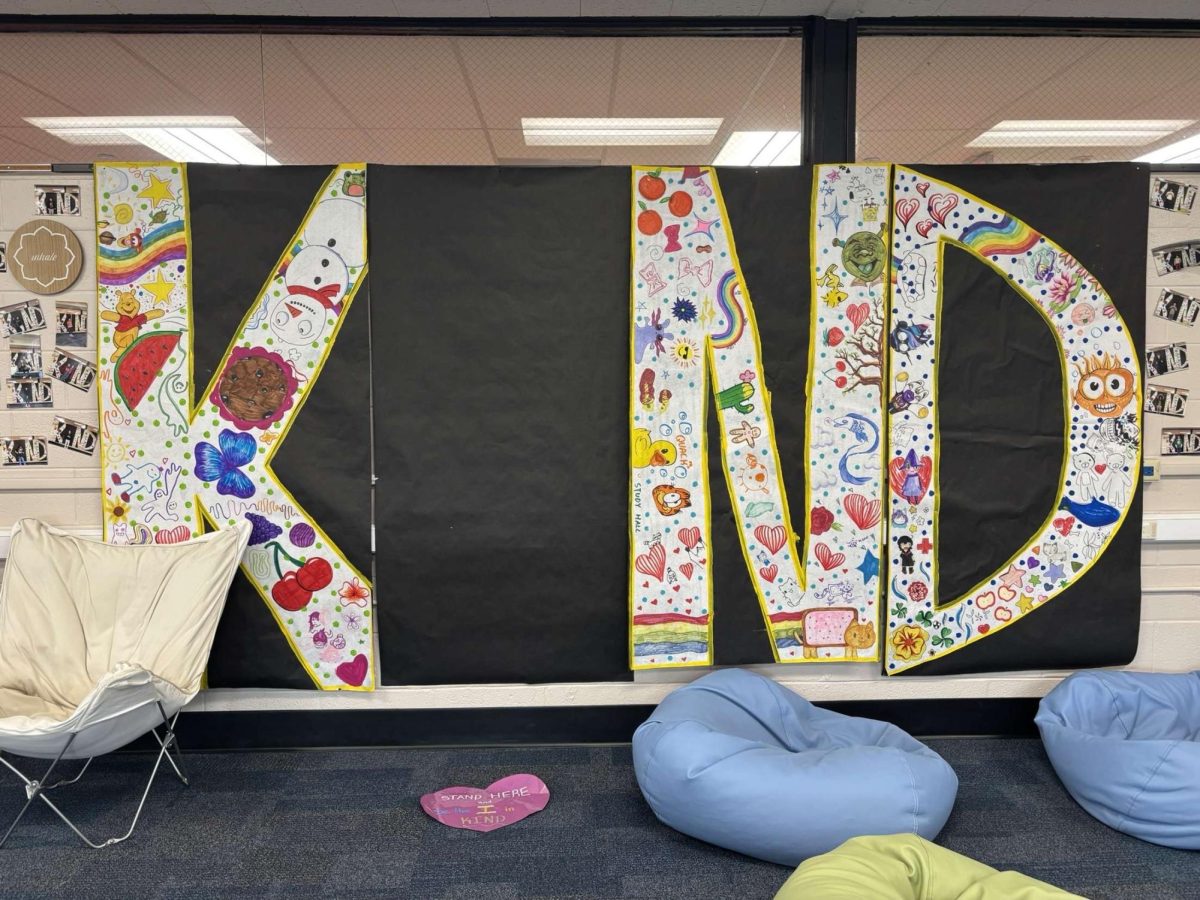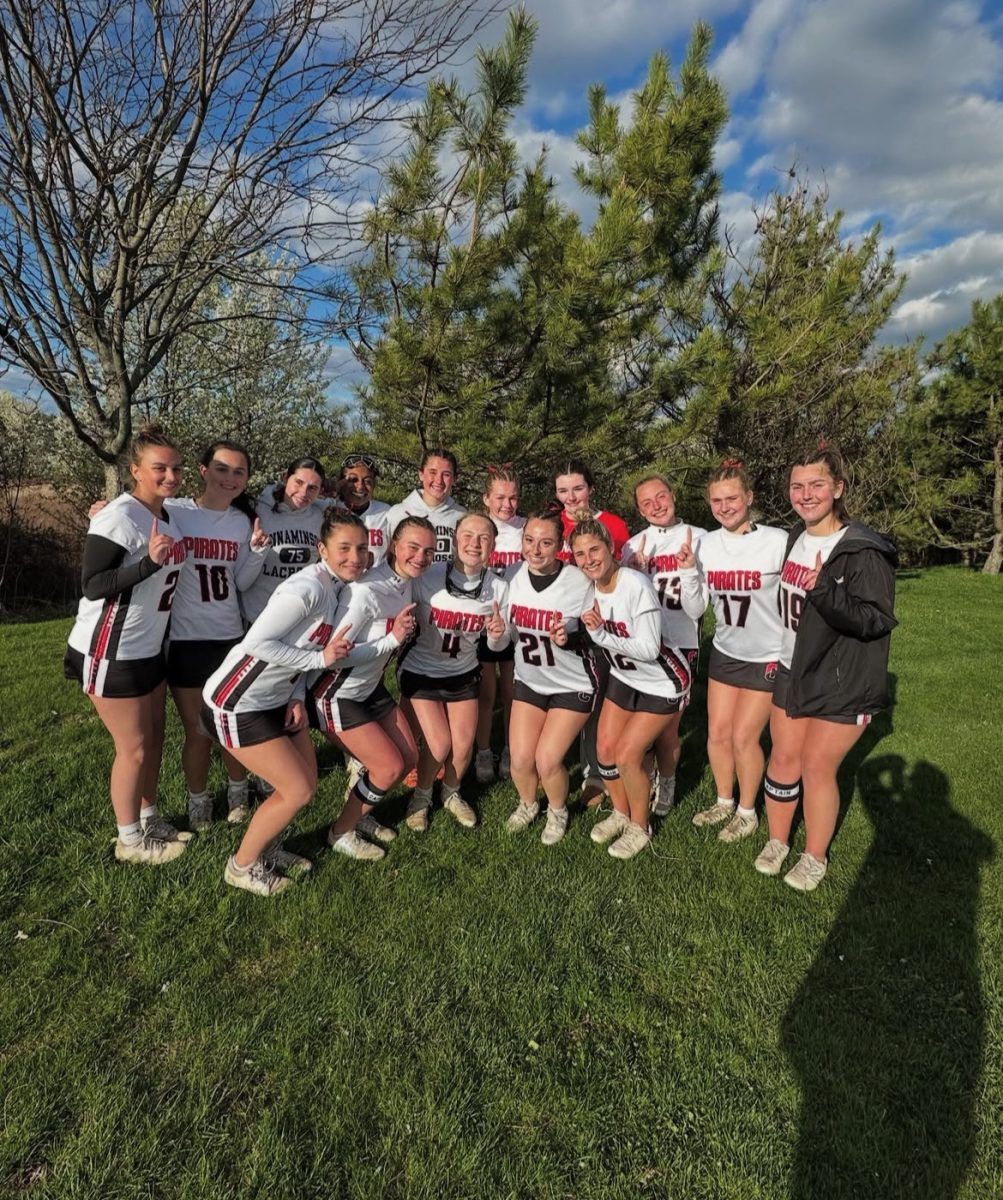Cinnaminson High School’s decision to eliminate the double lab period in science courses at the accelerated level and below has brought mixed reactions from both teachers and students. Some see it as an opportunity for flexibility, while others miss the extended class time for hands-on experiments.
Mrs. Jennifer Alvarado, who teaches anatomy and sports medicine, acknowledges there are both advantages and disadvantages to the decision.
“It’s a double-edged sword… It has some benefits, but it also has some drawbacks,” Alvarado said.
On the positive side, Alvarado explained that her lesson plans have become simpler.
“I don’t have to wait until the double period to do an activity,” Alvarado said. “I can teach the material and then integrate a hands-on project right then and there.”
Previously, teachers had to plan around the double periods, which complicated schedules. For example, if a teacher were to be absent for a double lab period, catching up became difficult. Now, however, with this new change, teachers do not have to worry about making up this double period.
However, a downside to the new schedule is the loss of class time, especially for content-heavy courses like anatomy. Alvarado said she has to cut out some information from each chapter to ensure everything fits into the new schedule.
“With anatomy being a CAP class, I have to cover a certain amount of material,” Alvarado said. “With the elimination of the double period, it’s actually going to set me back a little bit.”
The transition to this new format has also altered teachers’ daily routines. Previously, teachers with ACC-level science classes had a rotating schedule with four regular periods and one double period. With the double lab gone, several teachers are adjusting to a full five-class schedule.
“I teach five periods a day now, which is an adjustment, but every other subject has always done it, so I can’t complain,” Alvarado said.
She also shared that the additional class and students make for a busier day, particularly as she juggles introducing her new course, sports medicine.
Despite these challenges, she is optimistic about the opportunities the change brings for students. Reducing double labs allows students more flexibility in their schedules, which is an important development. Students now have more time to discover new interests and potential career paths through electives.
A key part of the decision to eliminate double lab periods was the belief that most labs could be completed across multiple days, rather than requiring an extended session.
“Most of the science labs we do could easily be stopped and restarted the next day,” Mr. Matt Perekupka, director of science and STEM, said.
While this works for many labs, there are some exceptions, particularly for advanced courses like AP Biology and Honors Chemistry, where complex setups make it harder to stop mid-experiment. Due to this double labs are still used in advanced courses allowing for these experiments to continue to be conducted.
From the perspective of time management, the loss of the double period means that teachers need to be more strategic with their planning. While students will spend fewer total hours in science classes, teachers will need to focus on using the available time more effectively.
Ultimately, the change is a trial, and teachers and students are adjusting to the new transition.
“So far, I’ve gotten good feedback from the students and the teachers,” Perekupka said.
With ongoing feedback and adjustments, CHS is working to ensure that the science program offers a high-quality educational experience even without the extended double lab periods.










